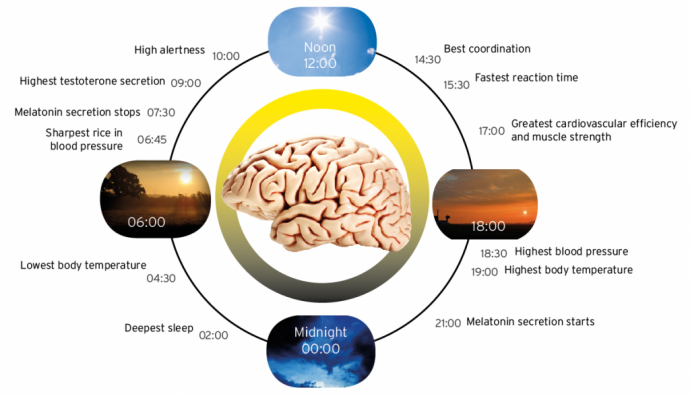Integrated Daylight Harvesting With LEDs
It seems every day the LED industry is crossing new boundaries, reaching new thresholds, and brightening an expanding horizon. Adding one more reason for optimism, we’d like to share news about the latest developments in integrated daylight harvesting with LEDs.
Integrated LED/daylight systems use sensors to assess how much natural light is entering a room, adjusting the LED system accordingly to reach a desired light level. Basically, these integrated lighting systems improve indoor lighting systems by optimizing artificial light in combination with natural light. The benefit of this system is that it significantly reduces business and consumer energy consumption costs, while greatly improving quality and functionality over conventional lighting set-ups.
On their own, high quality LED lights already produce light 80% more efficiently than incandescents. Conventional incandescents actually waste 80% of the energy they require by producing heat rather than light. On this basis alone, it’s clear that LEDs present a huge opportunity for energy savings. With electricity production as the single largest contributor to CO2 emissions, accounting for 38% of U.S. emissions from 1990-2012, the reduction in usage afforded by LED lighting has an enormous environmental impact. But by using natural lights when possible, capitalizing on integrated daylight harvesting with LEDs, the already astonishing energy savings of this revolutionary lighting technology are even greater.
Intelligent controls represent one of the greatest advancements brought to us by LED lighting systems. Through digital programming and networked management, LED lighting systems can easily be adjusted to meet predetermined factors. LEDs are superior to CFLs for networked management because they can be turned off and on easier, and can also be finely adjusted. Not only that, but the quality of light produced by many LEDs is actually closer to sunlight than most CFLs, which is another reason people are turning to LEDs over CFLs to replace the increasingly obsolete incandescent bulb.
The new LED bulb released by ex-Tesla and NASA engineers is an example of integrated daylight harvesting technology. The state-of-the-art bulb adjusts its light output to the amount of sunlight entering a room, and automatically turns on/off, or dims down, based on whether or not occupants are present in the room.
Building on the concept of daylight harvesting, LEDs are also a crucial component of “human-centric lighting.” The idea of human-centric lighting is to optimize human health in indoor environments by adjusting artificial light levels to match the circadian rhythm—the 24-hour human internal clock. By changing brightness levels and color temperatures throughout the day to match the cycles of sunlight, human-centric lighting positively influences our concentration, mood and health.
“You have to start thinking of light as a drug,” said Terry K. McGowan, the director of engineering for the American Lighting Association, in an interview with nytimes.com. Using LEDs combined with natural sunlight will make indoor environments more appealing and improve the moods of those who occupy them.
 The benefits of integrated daylight harvesting with LEDs are many. Almost immediately after installation, companies will enjoy lower energy costs and enhanced comfort for occupants. In addition, there will likely be measurable improvements in sales for retail businesses and an uptick in worker productivity. The developments we’re seeing in relation to daylight harvesting with LEDs adds just a little more icing to the cake that is the future of LED lighting.
The benefits of integrated daylight harvesting with LEDs are many. Almost immediately after installation, companies will enjoy lower energy costs and enhanced comfort for occupants. In addition, there will likely be measurable improvements in sales for retail businesses and an uptick in worker productivity. The developments we’re seeing in relation to daylight harvesting with LEDs adds just a little more icing to the cake that is the future of LED lighting.
Any Questions?
Do you have any more questions about LED lights? We’d love to discuss LED strip light possibilities with you whenever you’re ready.
Contact:
Phone: 1-844-FLEXFIRE (1-844-353-9347)











